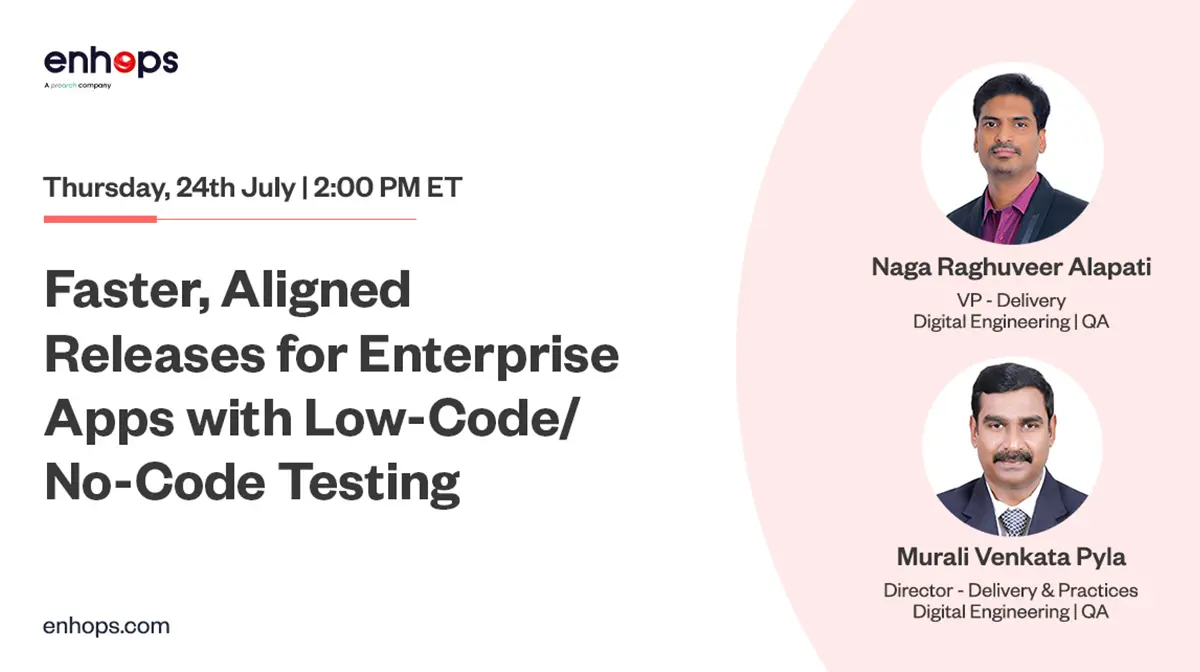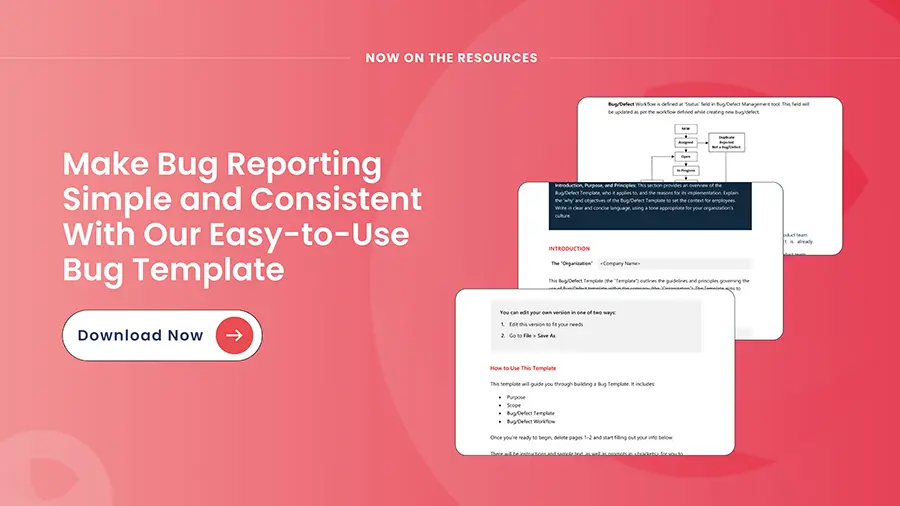As organizations keep on reinventing themselves, the need to develop, implement and modernize their software applications rise. However, they often fail to maximize the return on investments from the software transformation programs. A common reason is that traditionally many organizations believe that merely developing, modernizing, or implementing new software will solve all their challenges without putting much efforts towards holistic quality software development.
Quality Engineering and Quality Assurance discussion requires separate budget, resources, time, and efforts to make it mainstream within any organization. This means CIOs and tech leaders must push the quality engineering initiatives into boardroom discussions.
We, at Enhops, work with Fortune 500 and 1000 CIOs regularly to understand their challenges and what they should track and improve to overcome quality bottlenecks. As a CIO, you know that quality assurance (QA) is essential for ensuring the quality of your products and services. But with so many different technology tracks running, it is difficult for any CIO to communicate the importance of software testing to its board members or other stakeholders.
In this article, we are breaking down quality assurance and testing function into five points that a CIO must communicate with other board members and C-suite to have everyone on the same page.
Track your Test Automation Maturity levels – Test automation is the process of using automation tools to automate testing across the software development lifecycle. Test automation helps in maintaining test data, execute tests, analyze test reports, and alert testers and developers to test applications faster and ensure release of high-quality applications.
Test automation maturity levels reveals how automated testing function in an organization is progressing. It is apt to think of test automation maturity as stages where in the lowest stage will have ad-hoc and undefined processes without any knowledge sharing and collaboration while the highest stage will have a consistent and automated test processes. At the highest stage, test automation programs use generative AI and machine learning to generate appropriate test cases, manage testing infrastructure, and continuously prompts for self-improvement areas.
For any CIO to understand their test automation maturity levels, it is necessary to understand their automation levels by finding out test coverage ratio, test script effectiveness, and maintainability, automation pass rate, and build stability, automation execution time, and automation pyramid (what types of test are they automating).
Knowing their exact test automation levels can help CIOs in communicating with other stakeholders about the state of their automation processes. Automation has been the posterchild for many organizations and talking about the same can earn instant interest from rest of the C-suite. Understanding how test automation maturity can help in releasing high-quality digital applications faster with less number of resources is helpful.
Monitor Business Impact of Quality – The World Quality Report published every year suggests that Quality Assurance contributes to overall business growth and customer satisfaction. Organizations every year are increasing their investments to ensure that their Agile and DevOps programs are becoming mainstream with more focus on releasing high-quality digital applications.
The right way to monitor and communicate business impact of quality assurance programs are to prepare extensive and related dashboards. These dashboards must communicate how test automation, shift-left, DevTestOps, and other practices are contributing to better releases. These executive dashboards must display business metrics, such as increased customer satisfaction, reduced costs, or improved security. This will help in understanding the real-world impact of testing.
Progressive business stakeholders are keen on embracing QA as an accelerator to improve their business metrics and ensure that it doesn’t become a roadblock. And presenting right software testing metrics should expedite this process.
Pave the way to a robust quality engineering strategy with Enhops recommendations!
- CIOs must prepare a well-laid out strategy to ensure quality responsibilities are handled efficiently across the organization. Setting up a Software Testing Center of Excellence is helpful in implementing quality engineering and testing best practices across the organization.
- CIOs can leverage autonomous AI and ML models to ensure seamless quality engineering for their digital applications. This will enable them to surpass their quality challenges effectively from 2023 and beyond.
- Quality Engineering outsourcing models are gaining immense popularity due to their flexibility and agility, that help CIOs make the right decisions while aligning their technological investments with their business objectives. This is especially helpful in this rapidly changing technological environment as it allows organizations to utilize skills that are not available in their organizations. This helps them in remaining competitive.
As organizations gear up for business transformations, they may find themselves in a quandary, sacrificing the quality and speed in order to realize quick business revenues. This tradeoff not only jeopardizes their business transformation path, but it also restricts their success in the digital world. The ability to balance quality and speed with the quality releases in critical for navigating the world of digital transformation. Whether it’s about winning customer loyalty, gaining competitive advantage, and being more agile, quality assurance practices form the bed rock of all business transformations.
Enhops helps multiple fortune 500 and 1000 organizations in streamlining their quality assurance and testing practices. Reach out to us at marketing@enhops.com.



